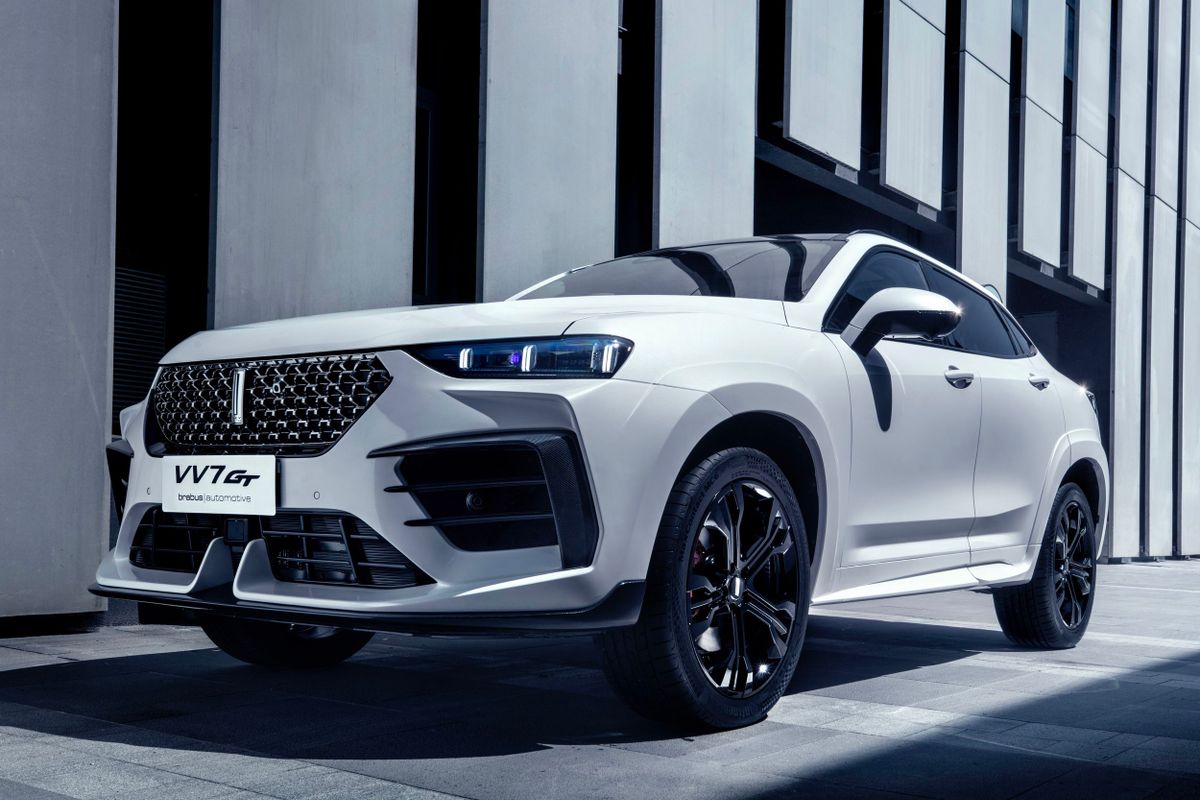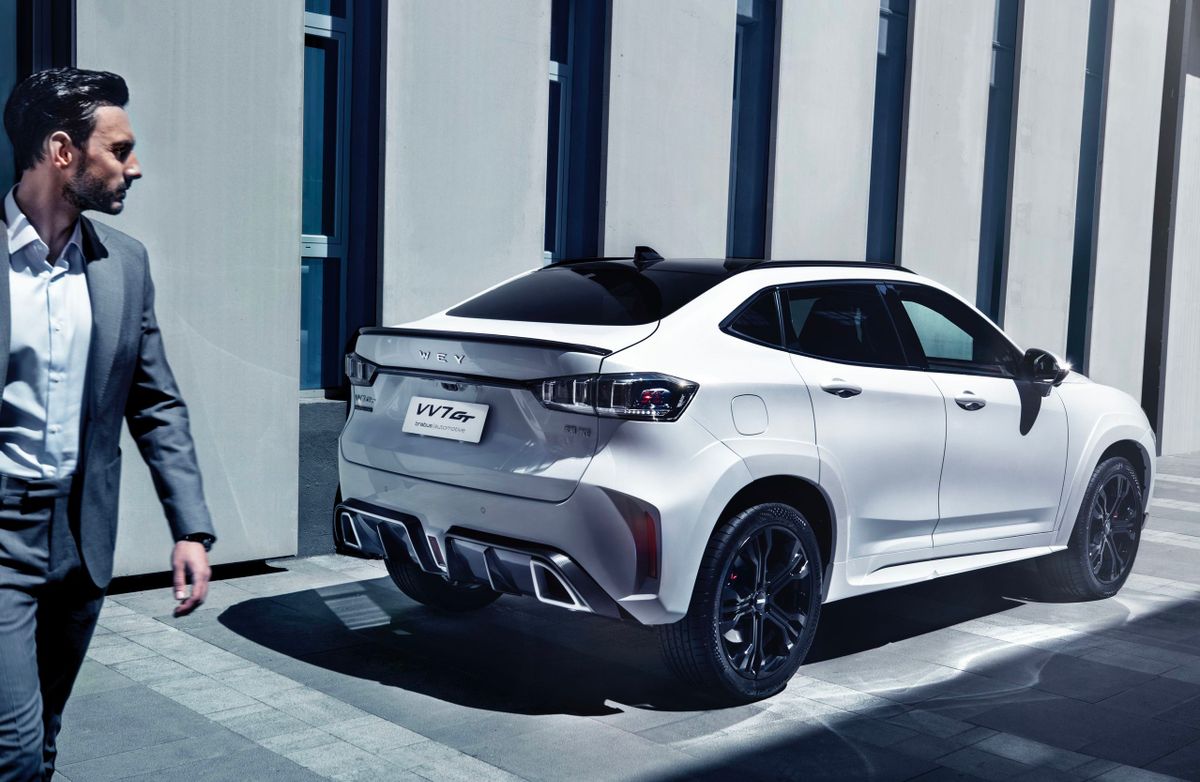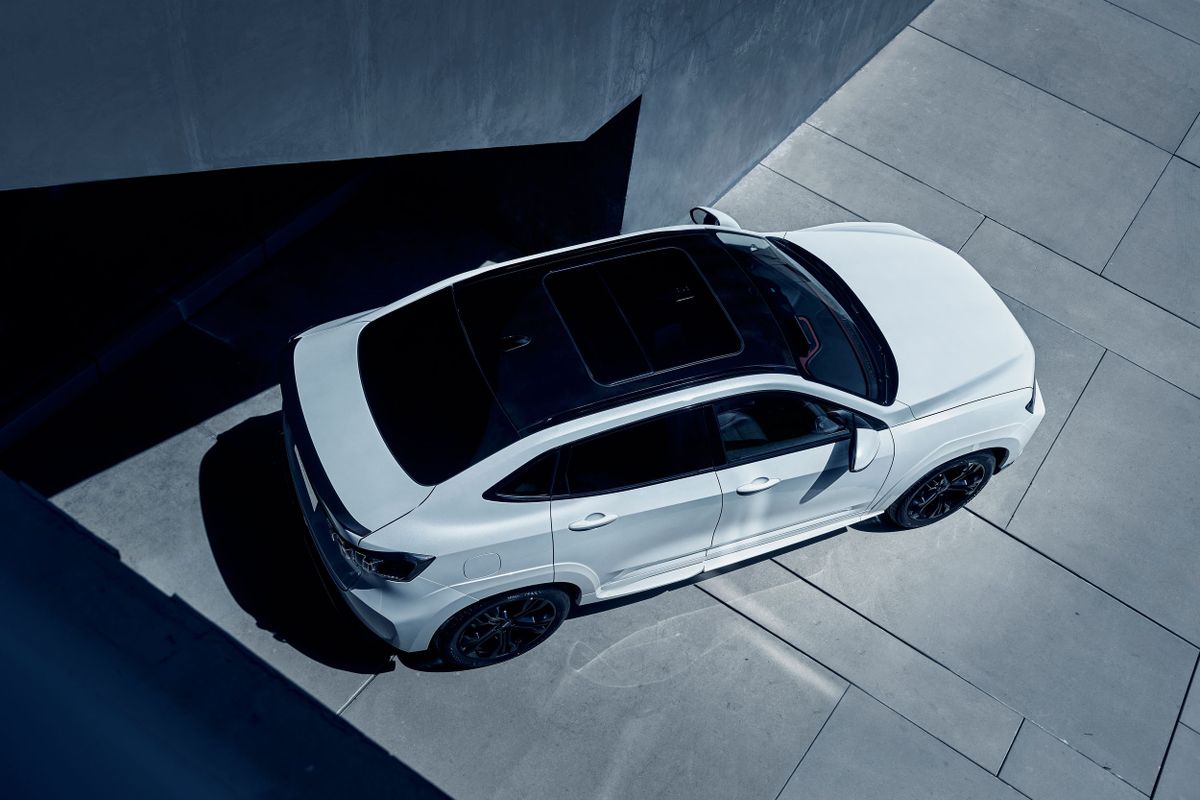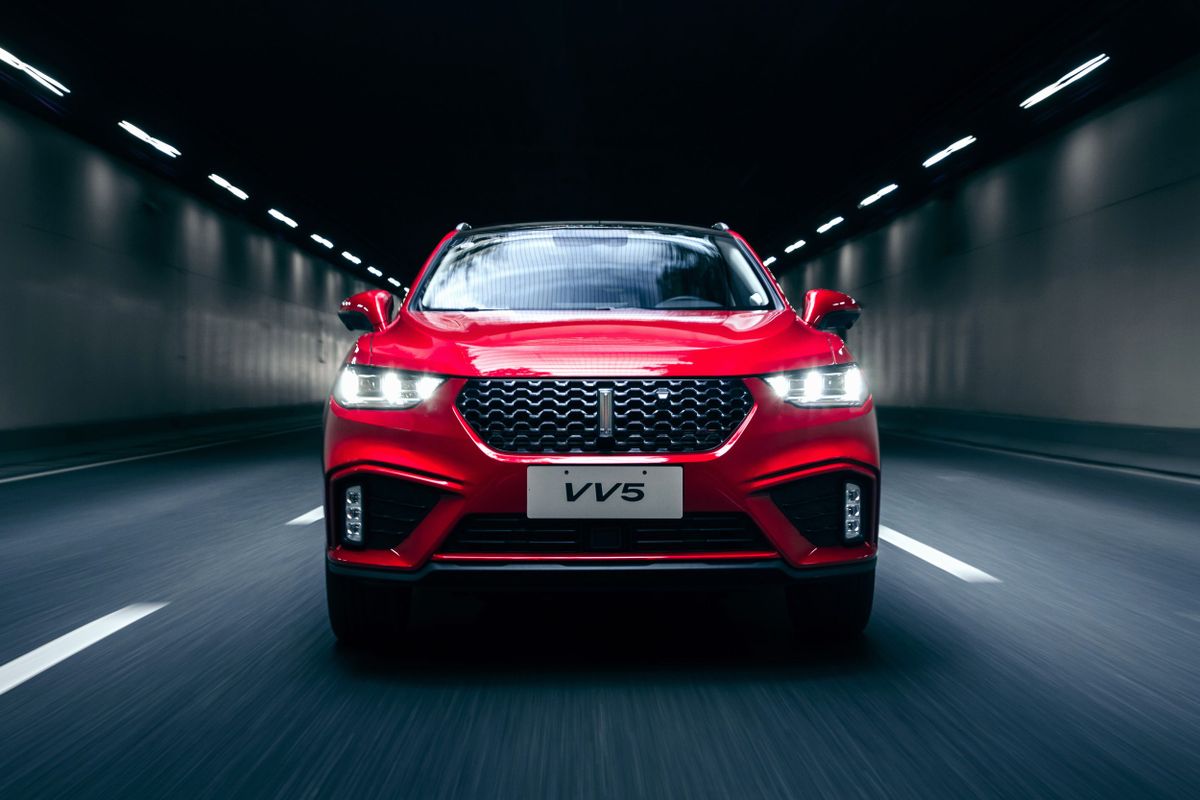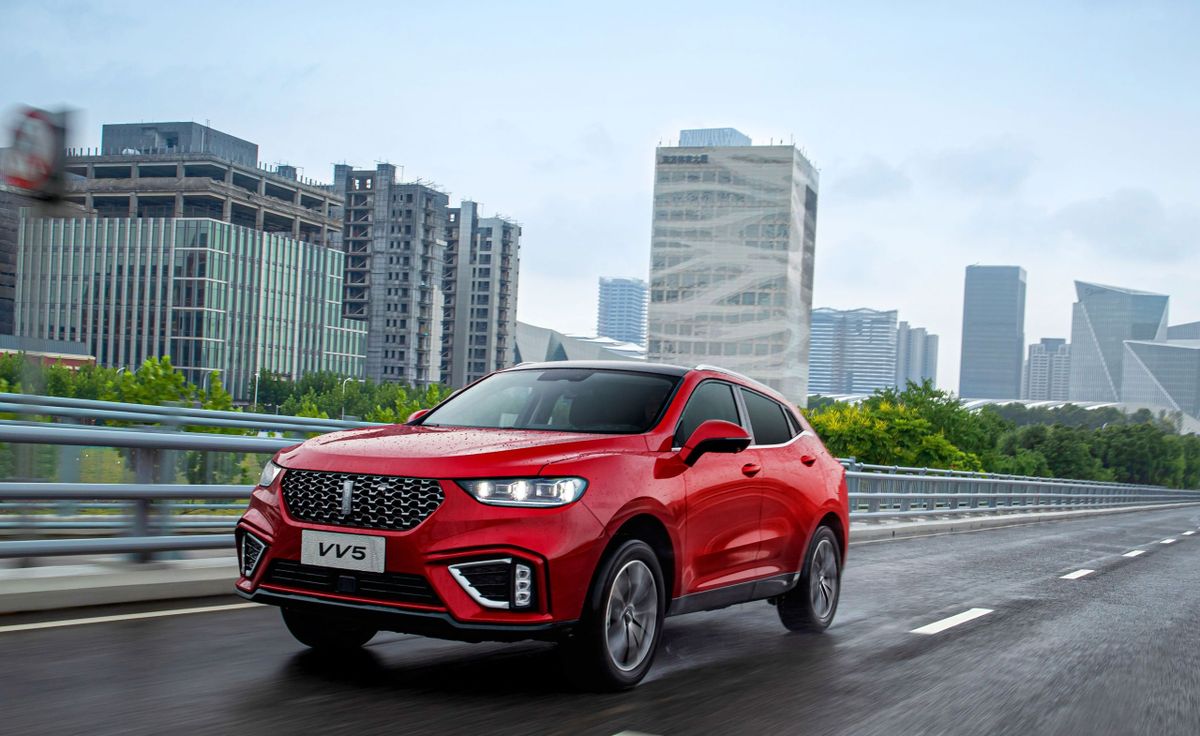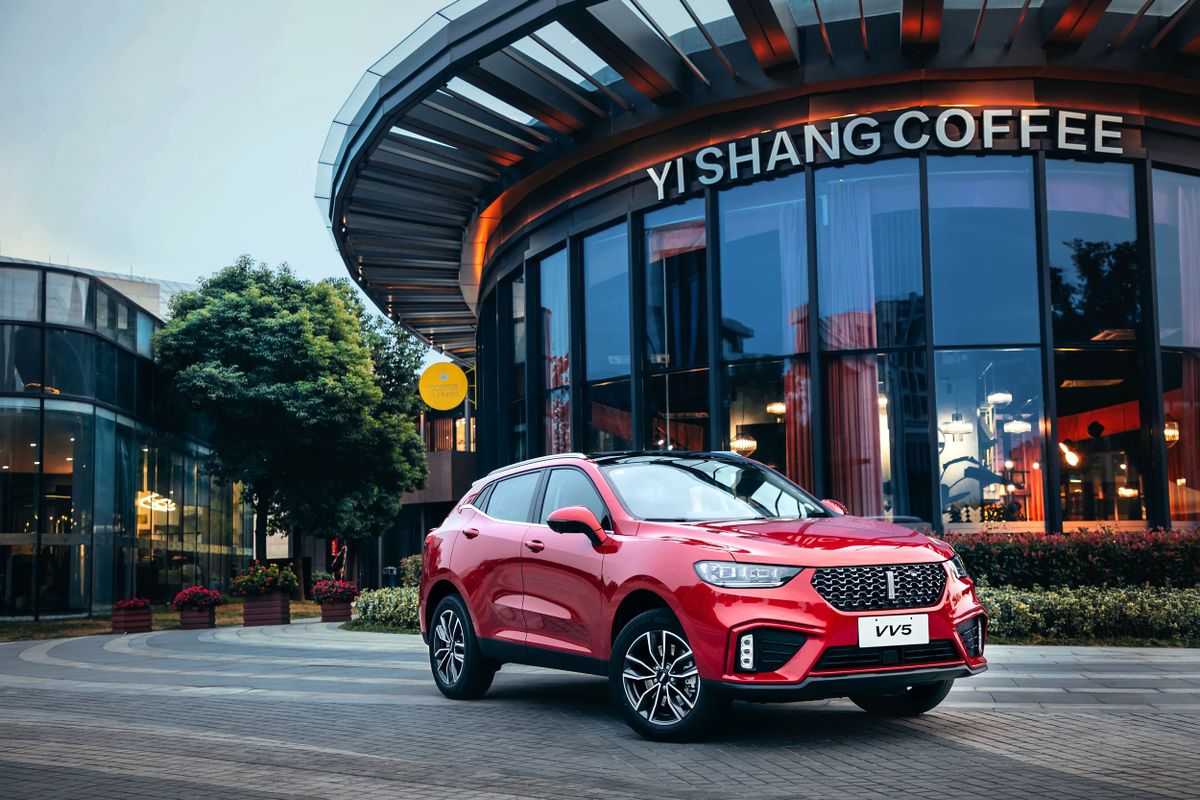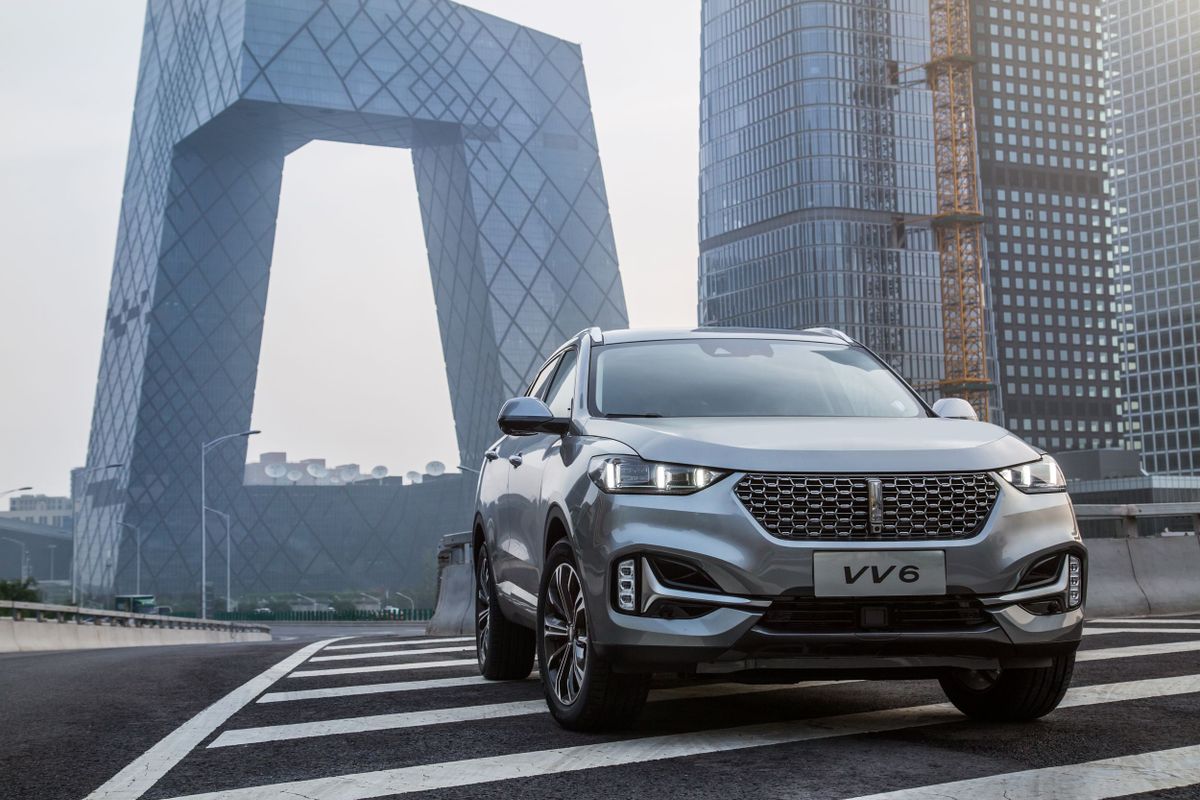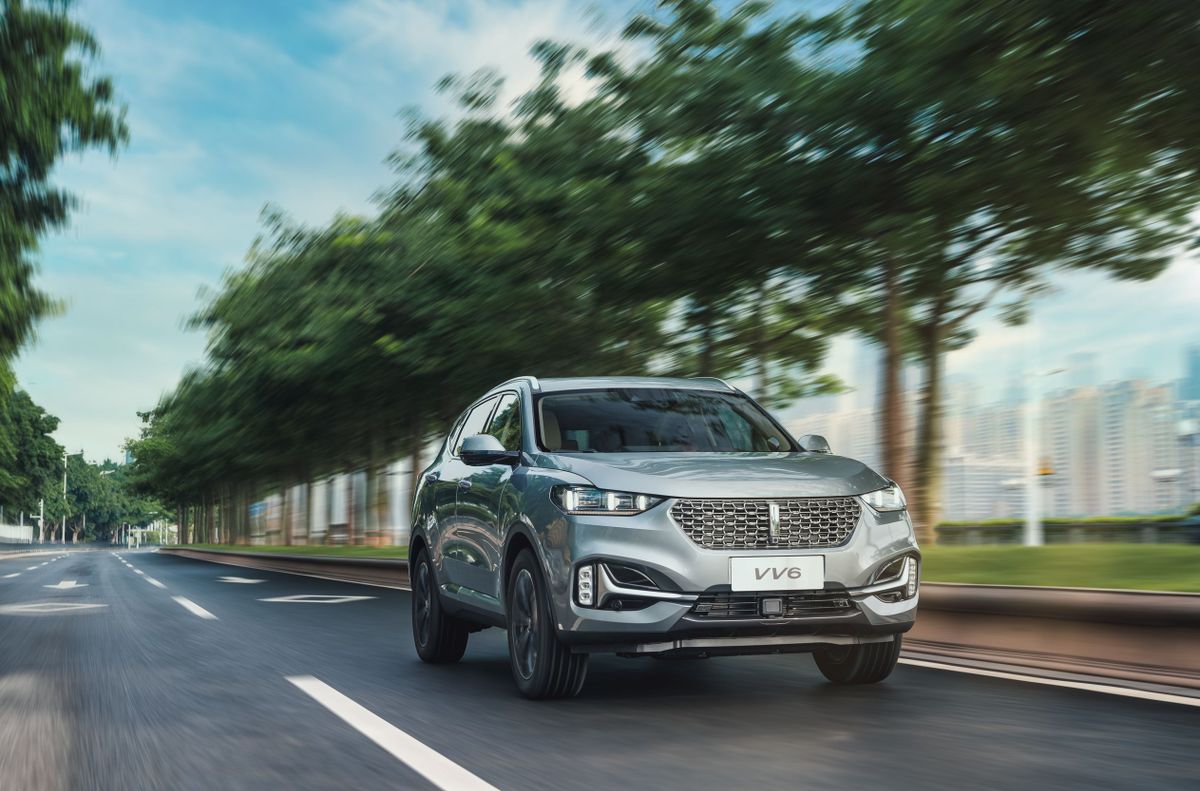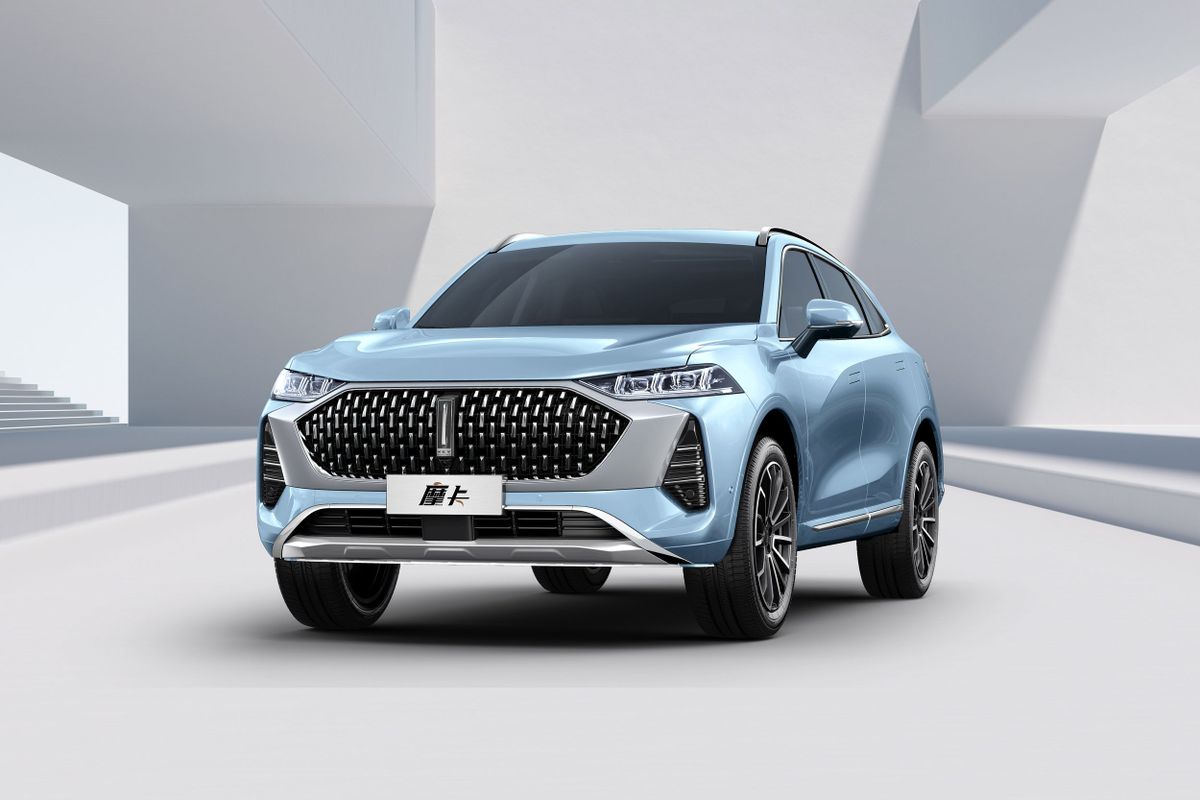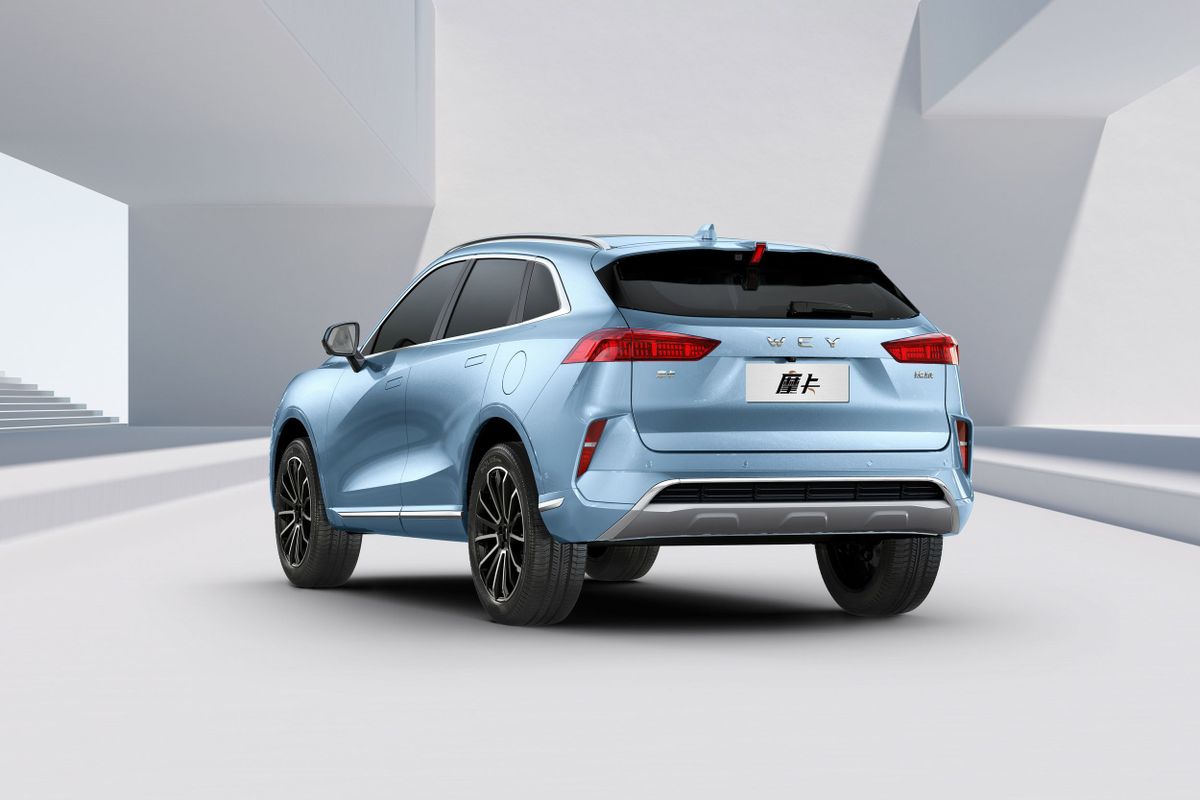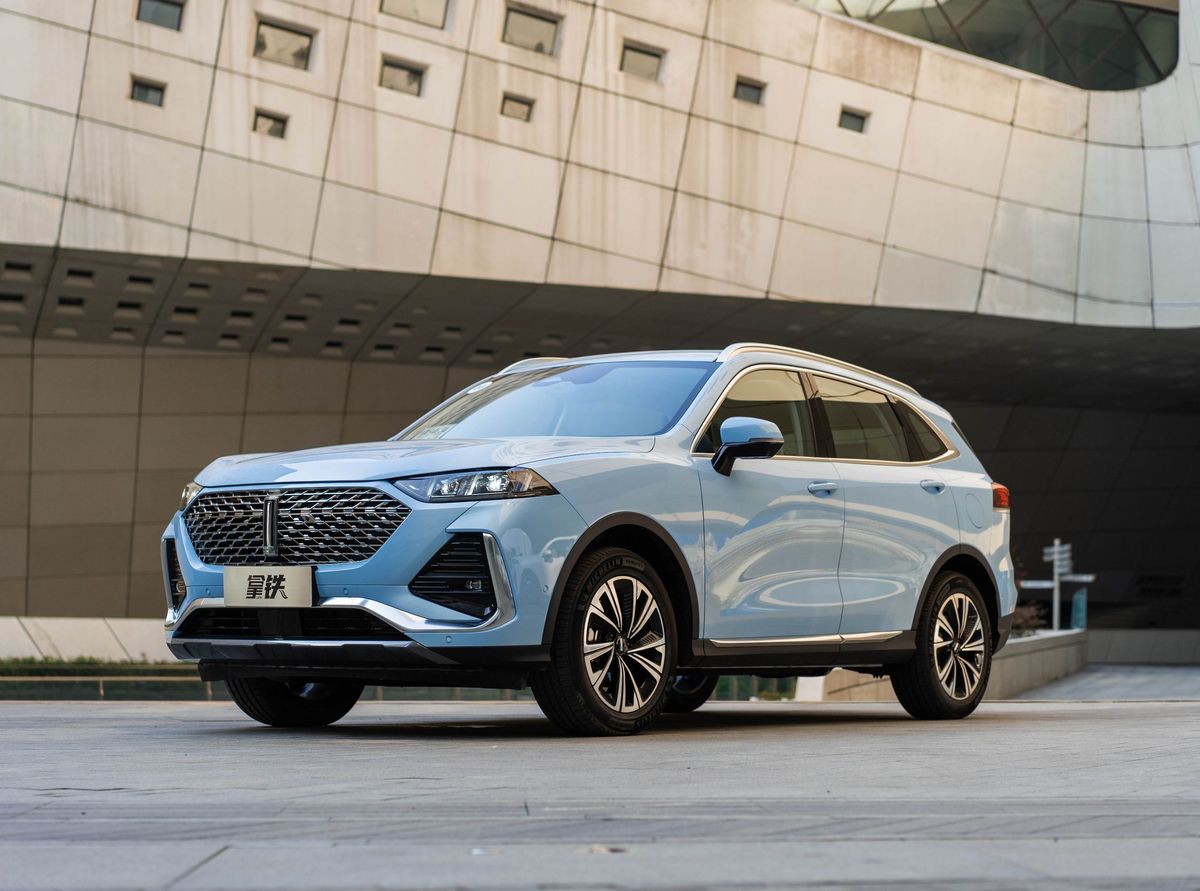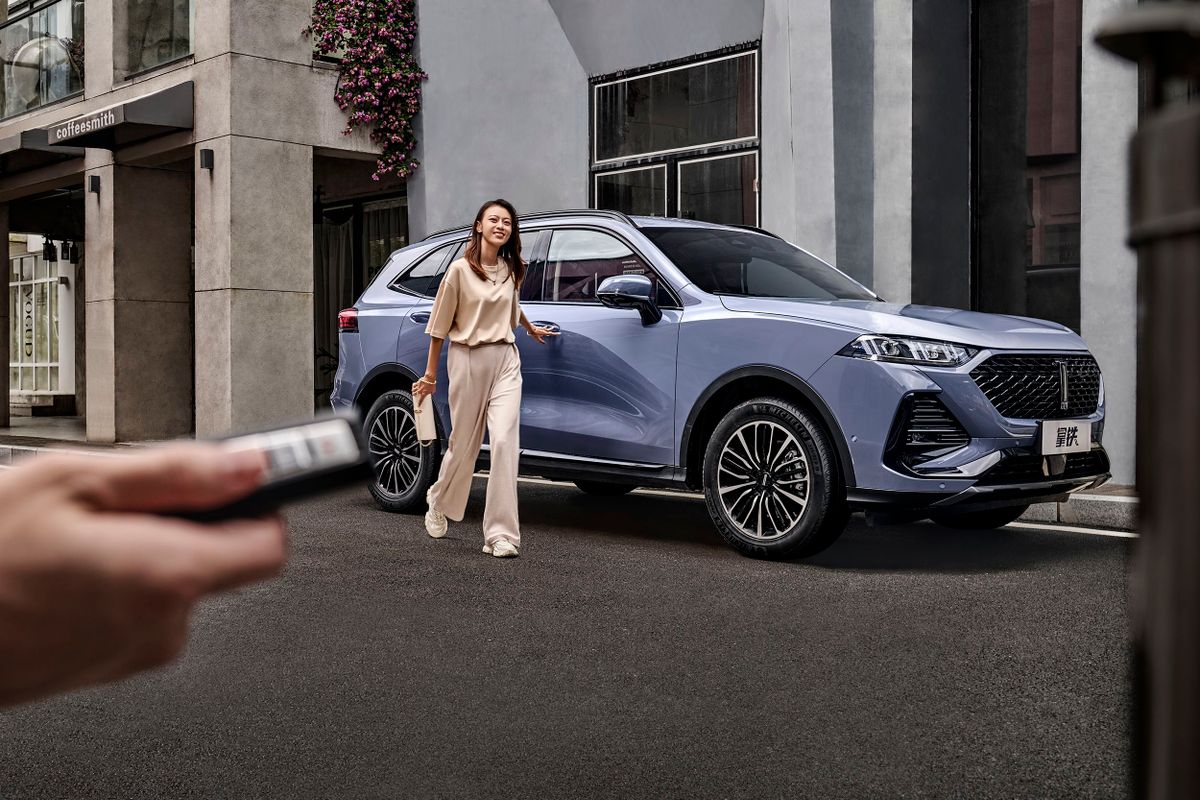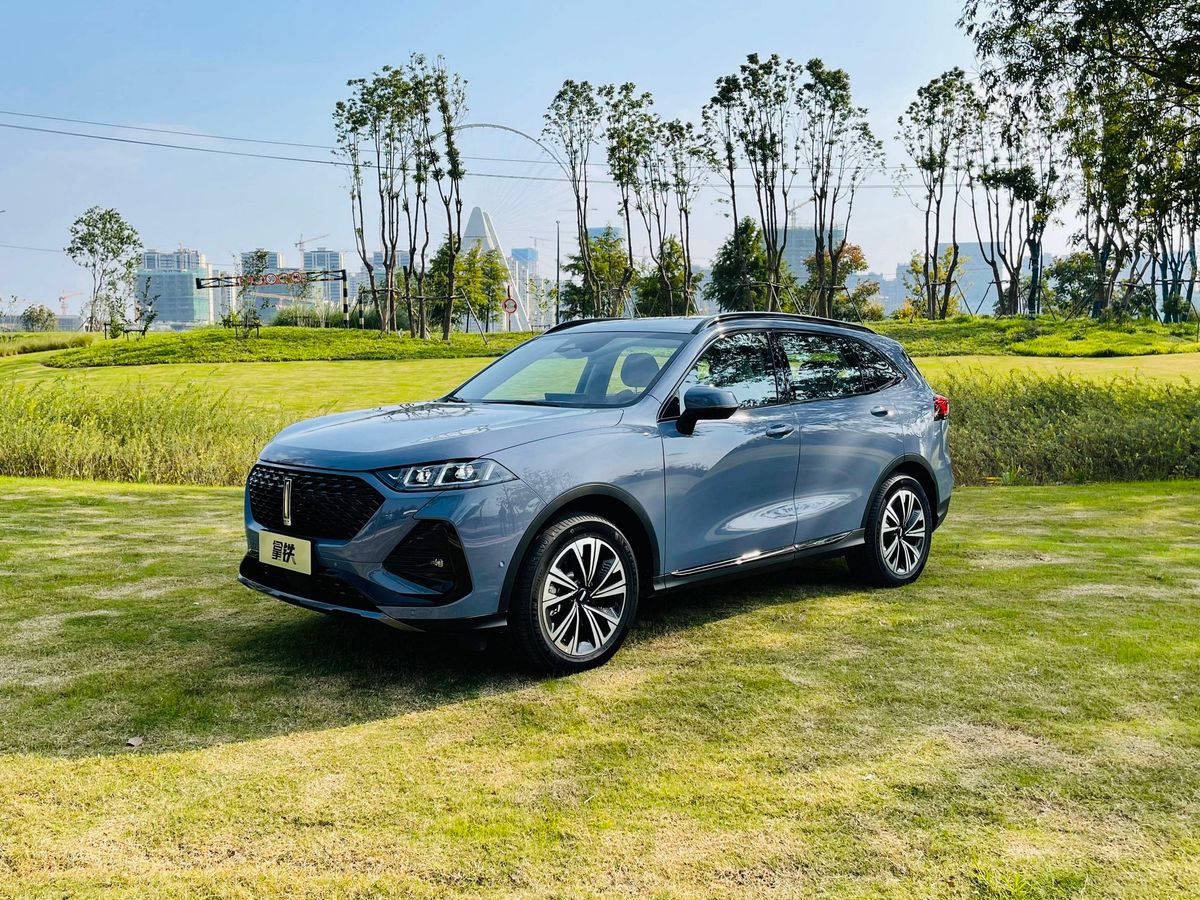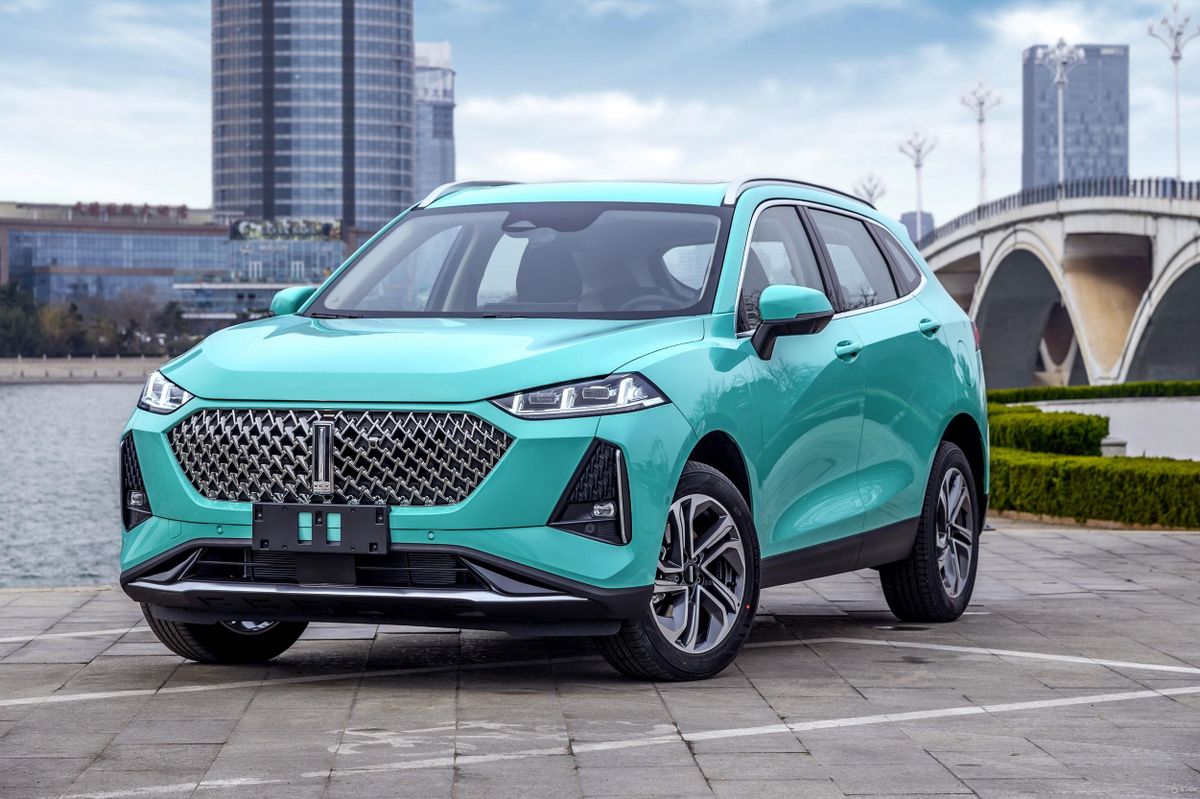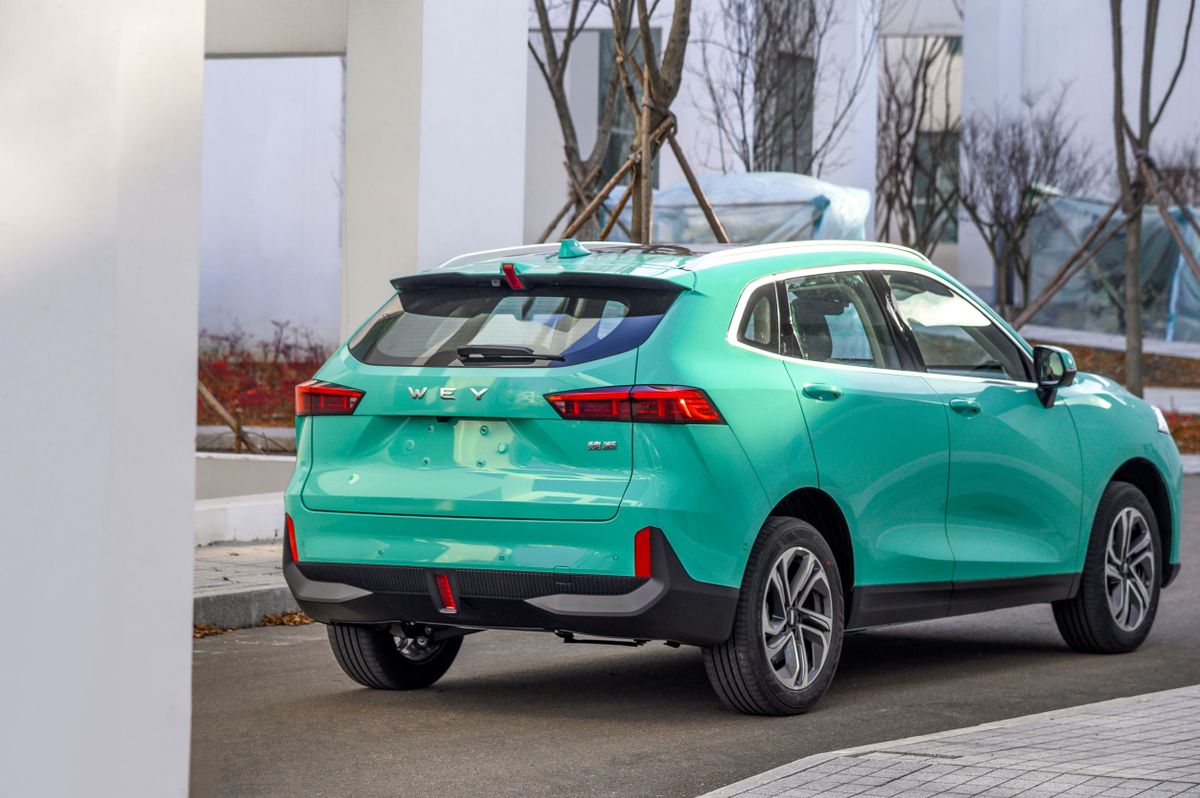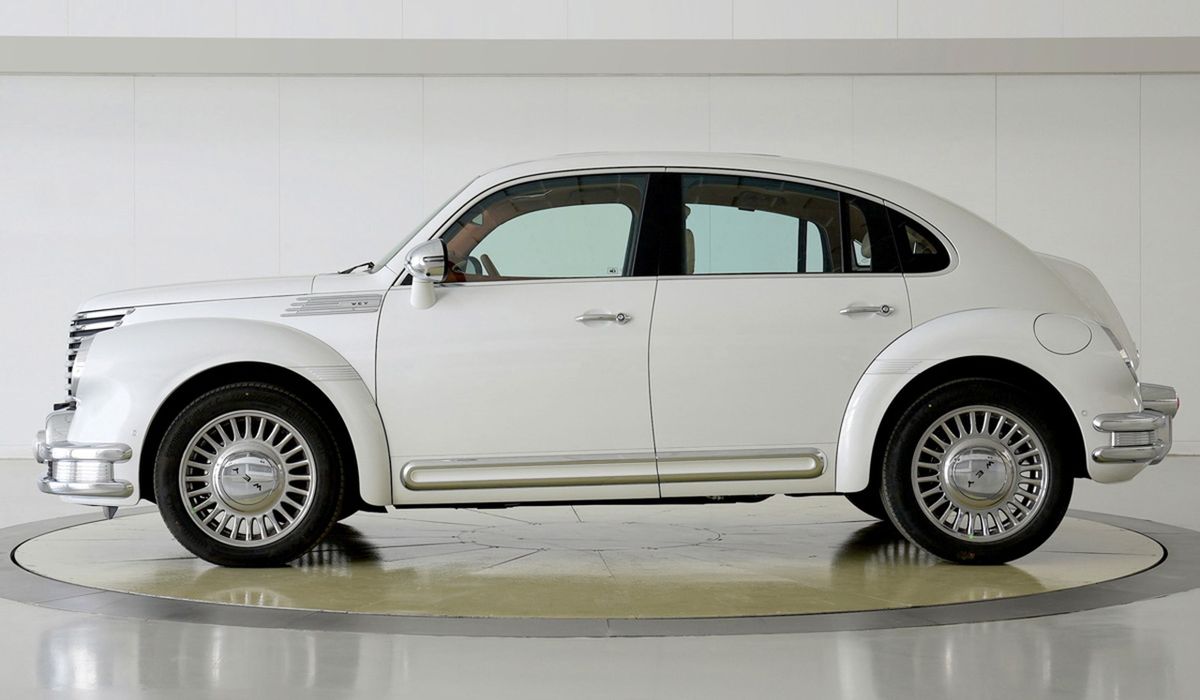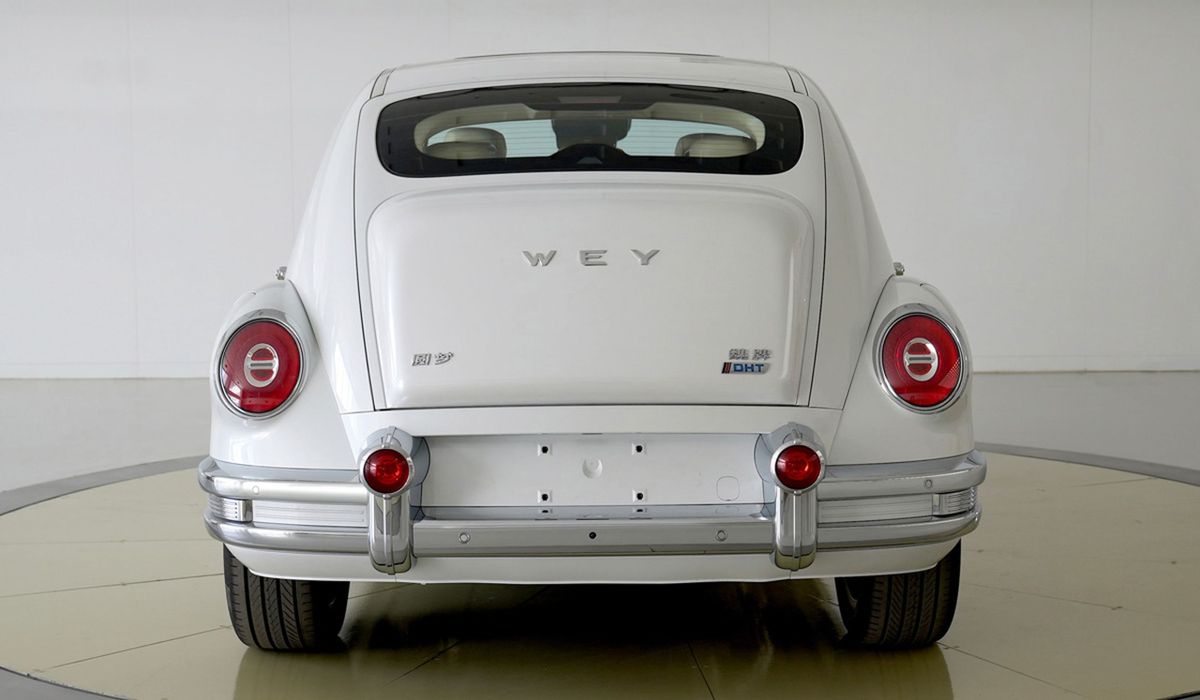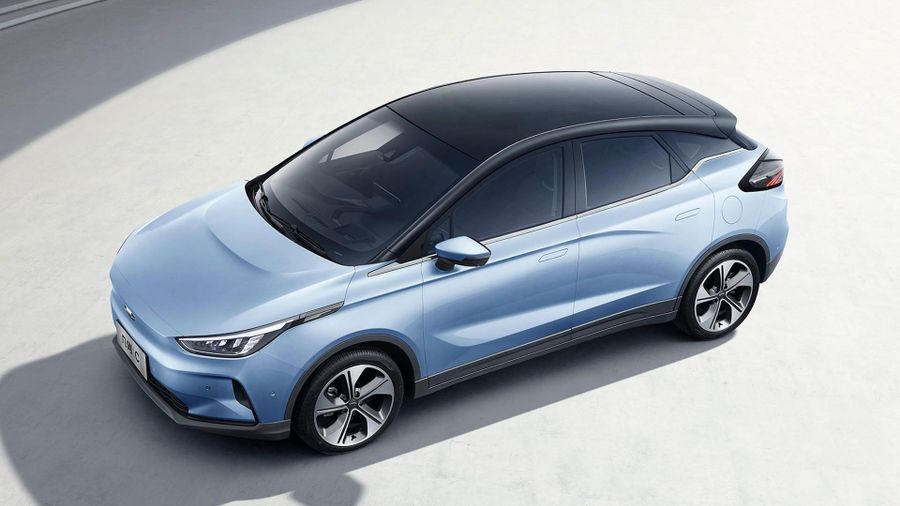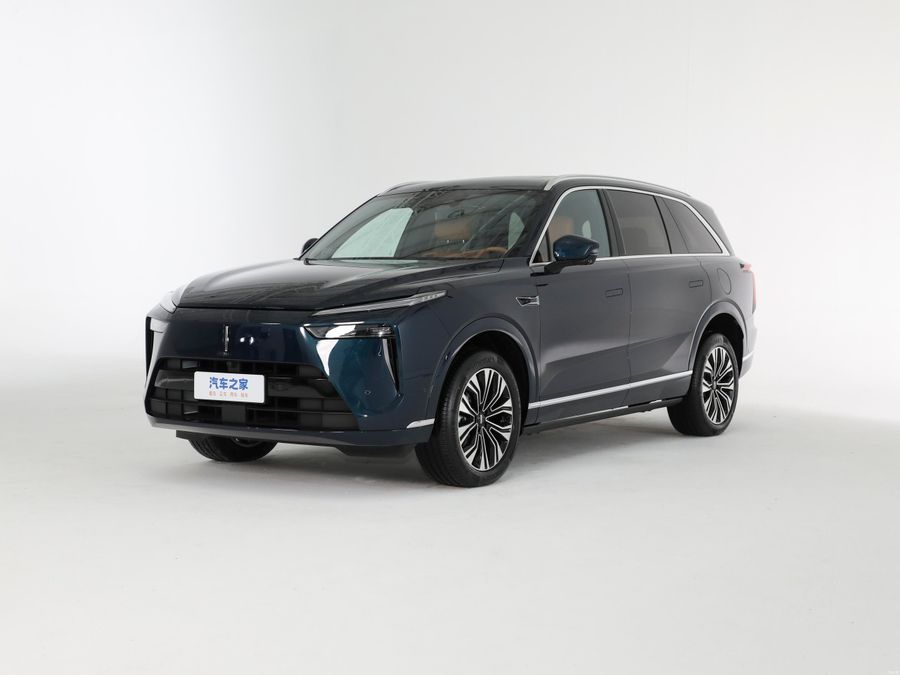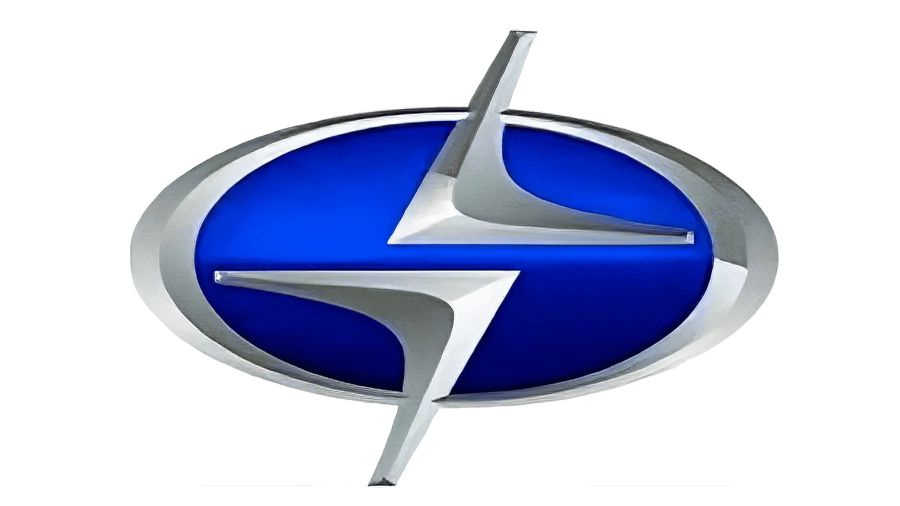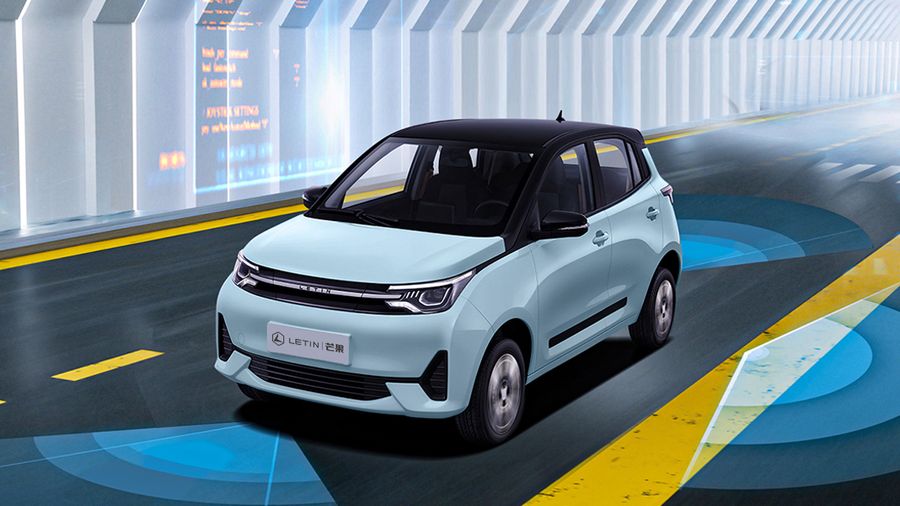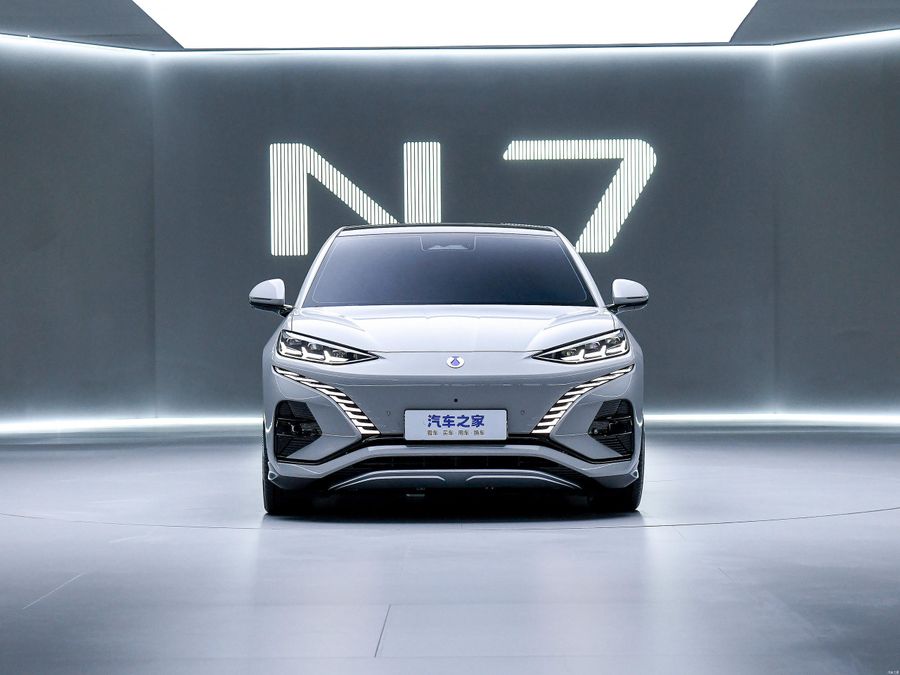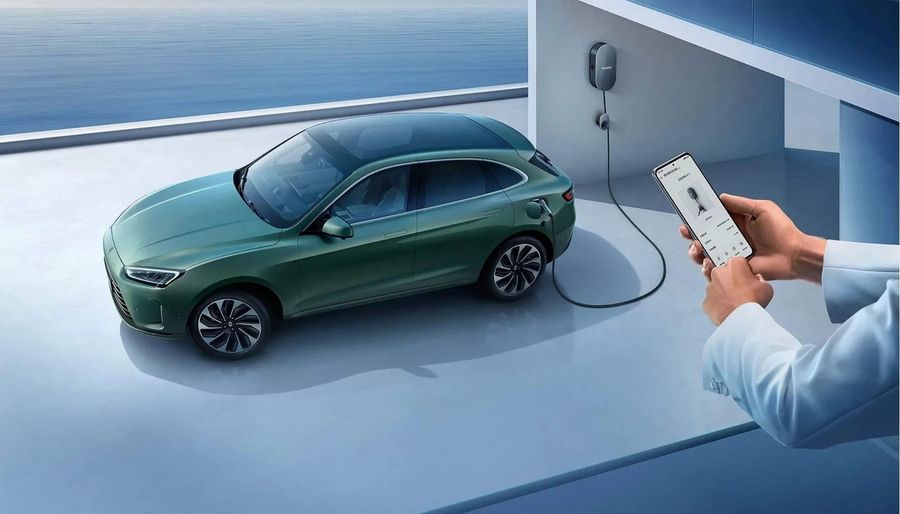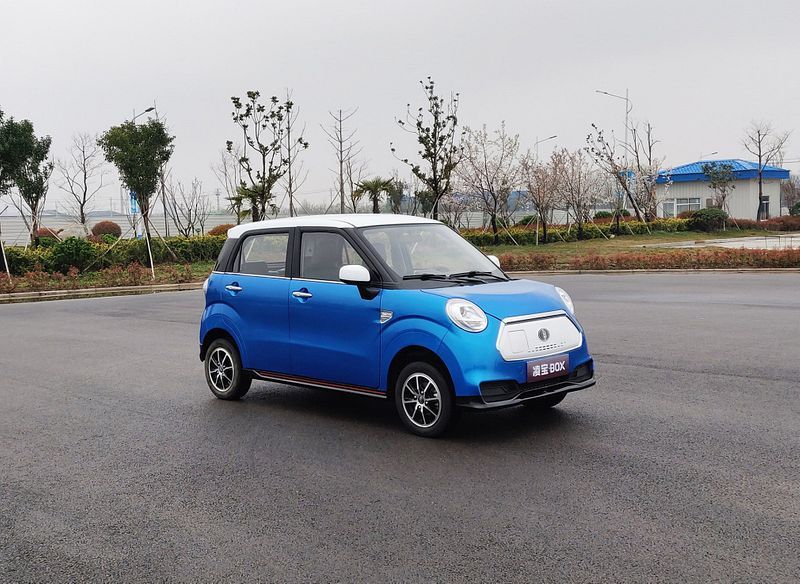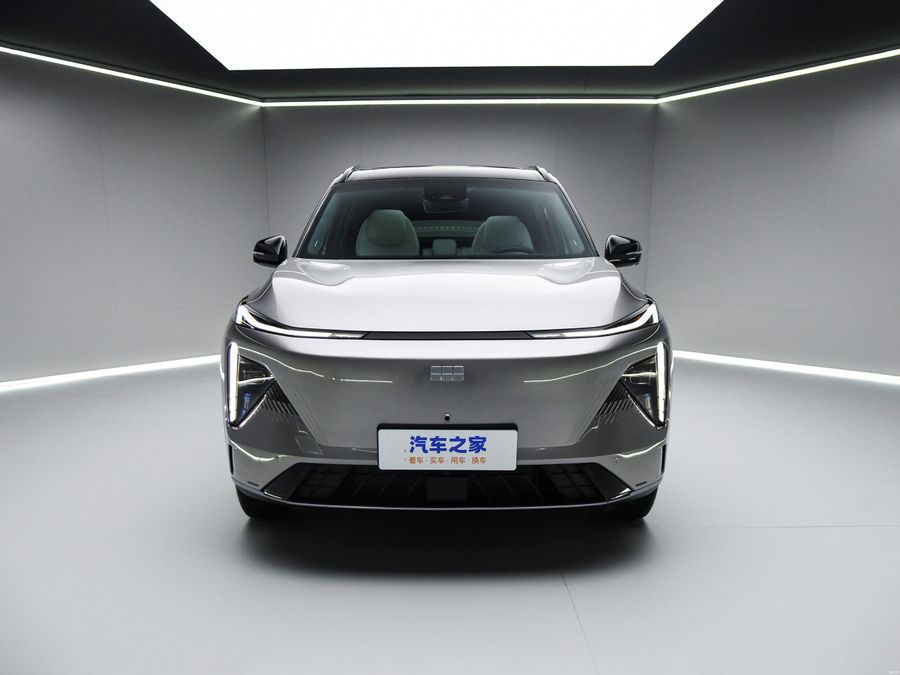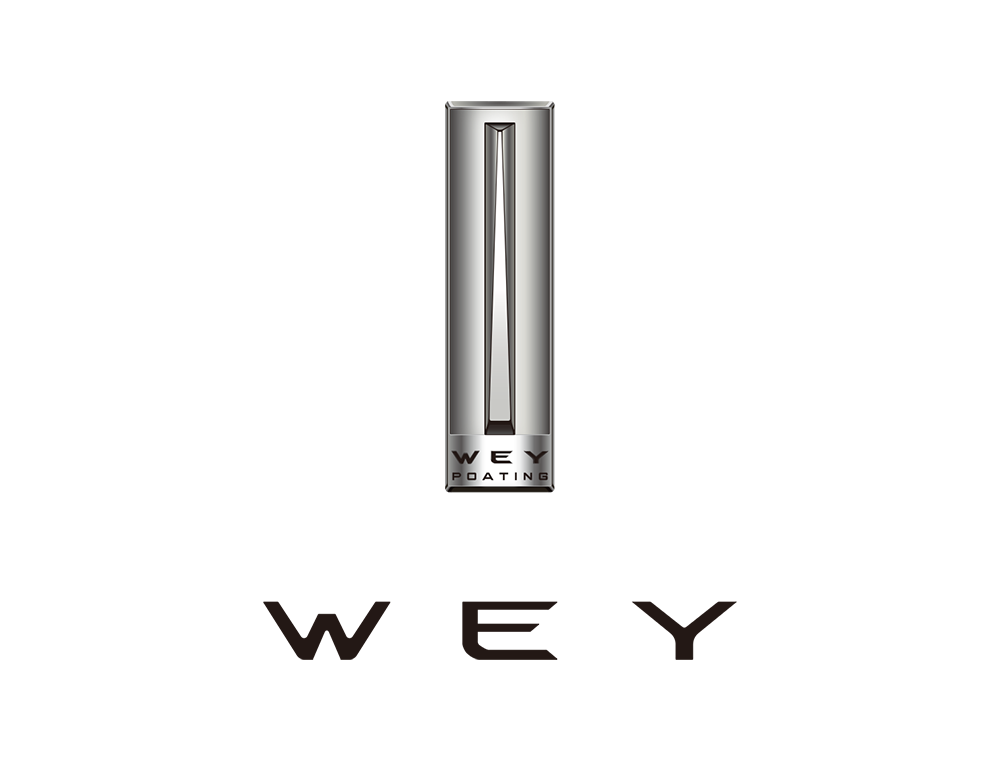
Wey. One of the ‘Great Wall towers’
Wey is an automobile brand created in November 2016 by Great Wall (China) specifically for the production high-end models. The name ‘WEY’ comes from the surname of the chairman of Great Wall Motor, Wei Jianjun. The brand produces SUVs and off-road vehicles based on popular models Haval from another brand belonging to Great Wall. In addition to the above brands, China’s large private automobile holding owns a brand for the production of electric vehicles, named ORA, and a separate brand for gasoline body-on-frame SUVs, named Tank. Therefore, Wey is just one of the “Great Wall towers”. At the very beginning, its model range consisted of 4 cars, released in 2017-18, which were replaced in 2021 by more modern cars, opening a new family of “cafes”, which became very popular.
First models
Wey VV7
Wey’s first model, the VV7, introduced on April 19, 2017, immediately won the Best Car of Show award at the Shanghai Motor Show. The vehicle is built on the same platform as the Haval H6. The manufacturer equipped the new VV7 with a 2.0-liter turbo engine with a capacity of 227 hp and a torque of 387 Nm, which is combined with a 7-speed dual-clutch gearbox. The model can be both front and all-wheel drive. The SUV can offer the VV7 GT version, which has been revised by Brabus. It looks spectacular with its powerful bumpers, flared fenders, 21-inch black wheels, red brake calipers, F1-style rear brake light, clear taillights and widened spoiler on the boot lid.
Wey VV5
The brand’s second model was unveiled at the 2017 Frankfurt International Motor Show. The compact SUV was created on the same platform as the second-generation VV7 and Haval H6, equipped with 1.5-liter or 2.0-liter 4-cylinder turbo engines with a capacity of 171 and 224 hp, front-wheel drive and a 7-speed robotic gearbox. A year later, the manufacturer introduced the VV6, a 4.6m long SUV built on the same platform and seated between the 5 and 7 models. It was offered with a 2.0-litre turbocharged engine producing 227 hp. The model could be front-wheel drive or all-wheel drive.
On October 22, 2019, Wey released its 300,000th car, becoming the first company to do so quickly. Success inspires, so already on November 20, 2019, Wey announced a new development strategy, which it hastened to implement with Chinese diligence. One of the fruits was a somewhat unexpected milestone - a body-on-frame SUV, the Tank 300, which took gave a pleasing variety to the monotonous SUV model range. The vehicle was a success and the founding fathers of Great Wall chose a separate brand for the ‘tanks’.
‘Coffee’ family
For their names, these SUVs received the nickname ‘coffee family’: Latte, Mocha and Macchiato. All three models were shown at the 2021 Shanghai Motor Show, and they were built on the new Coffee Intelligence platform. It provides for a level 3 autopilot, comprising a lidar, a set of sensors and cameras, 5G and V2X communication (data exchange with road infrastructure and other machines), while the Qualcomm 8155 processor acts as the brains. The level 4 autopilot is expected for the future.
Wey Mocha
The 4,875 mm entry-level SUV is a mild hybrid powered by a 2.3-liter turbocharged gasoline engine with 204 hp, supplemented by a 48-volt starter-generator (total power - 213 hp). There’s also a full-fledged plug-in hybrid with the same engine producing 469 hp. Acceleration to 100 km/h occurs in less than 5 seconds. The driving range is 150 km thanks to a 41.8 kWh battery. This version is imported to Europe, where it is offered as Wey Coffee 01.
Wey Latte
A compact SUV with a body length of 4.7 m is sold in China. It is equipped with a 2.0-liter inline 4-cylinder turbocharged engine with a capacity of 213 hp, which is combined with a 9-speed dual wet clutch transmission developed by Great Wall. The alternative is a 1.5-liter turbocharged 4-cylinder engine with DHT intelligent hybrid technology. This motor has the following modes: pure electric, hybrid drive, sequential drive, energy recovery and idle charge. The total power is 235 hp, which provides acceleration to 100 km/h in 7.5 seconds and fuel consumption of 4.9 liters per 100 km.
Wey Macchiato
The compact 4,520 mm model is offered in a single hybrid version. The L.E.M.O.N. DHT can operate in parallel mode and sequenced mode. At low speeds (up to around 35 km/h) only the electric motor turns the wheels and the gasoline engine acts as a generator, but it is also connected when the speed increases. The total output is 190 hp and 370 Nm. The model is equipped with a 2.0-speed reduction gear with a robotic gear change mechanism: the second gear is activated at around 65 km/h. The lithium-ion traction battery has a capacity of only 1.7 kWh. Later, the manufacturer introduced more powerful versions with the possibility of charging at a socket and with an additional electric motor on the rear axle.
New models
Wey Yuanmeng or Dream
Introduced in the summer of 2021, it will go into mass production in 2022. The new retro car is not created from scratch: the Dream is a kind of retro-styled 5-door electric hatchback Ora Punk Cat, which is inspired by the legendary classic Volkswagen Beetle. The Dream and Punk Cat have a similar 5-door body and a wheelbase of 2.9 m, the length of the car is 4830 mm. The plug-in hybrid with L.E.M.O.N. DHT (familiar from other Wey and Haval models) can operate in parallel or sequenced mode. A 1.5-liter turbocharged gasoline engine (156 hp) and electric motors are standard. There are front-wheel-drive and all-wheel-drive versions.


